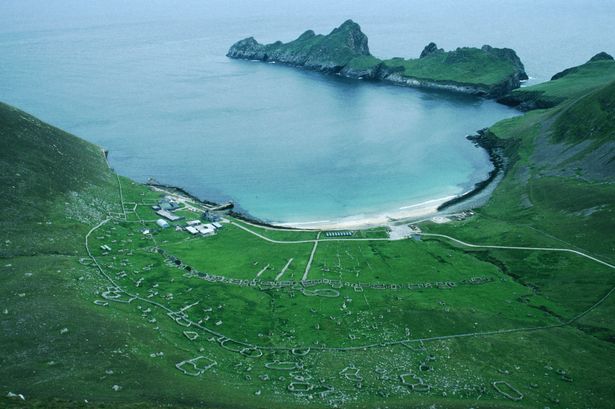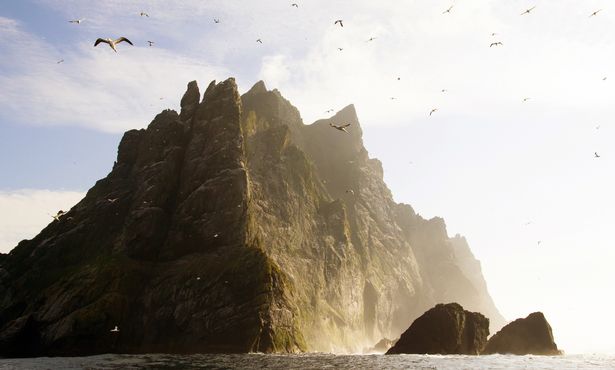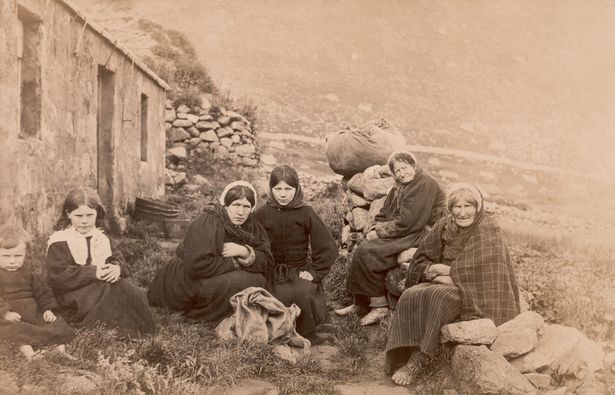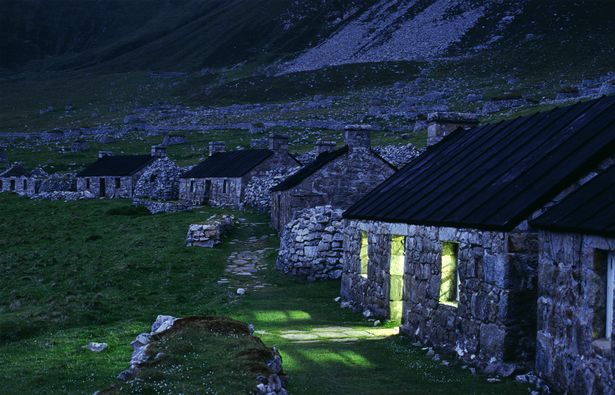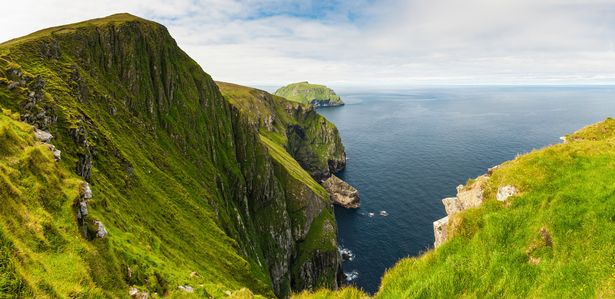A remote archipelago situated some 110 miles off the UK mainland was once home to a skilful community that lived off the land. However, 94 years ago – all residents asked to be evacuated, except one
A breath-taking UK archipelago stranded in the North Atlantic Ocean is under threat – almost 100 years after it was abandoned by humans.
Situated some 110 miles off the west coast of mainland Scotland, forming part of the Outer Hebrides, lies the ‘rare beauty and drama’ of St Kilda. Often touted as the ‘islands at the edge of the world’ due to its remote location, the archipelago consists of five unique islands: Hirta, Dùn, Soay, Boreray and Levenish, alongside a number of towering sea stacks and islets.
For around 4,000 years, the cluster was home to a community that lived off the land – isolated from the rest of the world but described as ‘much happier than the generality of mankind’. Due to the treacherous waters, fishing on the island wasn’t very feasible.
Instead, islanders survived on the ‘dense colonies’ of gannets, fulmars, and puffins – catching them for good, oil, feathers, and bones. However, over time, life became much harder on the island – and the population started to decline.
READ MORE: Tiny UK island ‘abandoned by humans’ after ambitious £3m plan axed decades ago
It is believed the islands’ contact with the outside world started to increase in the 19th and 20th centuries, tempting younger locals to immigrate to the likes of Australia and Canada for a better life. This, combined with bouts of disease that wiped out many residents, meant few able-bodied people remained on the island.
Towards the end of the 1920s, the crops failed several times – meaning many islanders faced starving to death during the upcoming barren winter. However, on August 29, 1930, the last 36 residents voluntarily evacuated the island – hopping on board a ship that would sail them away to their new homes.
According to the BBC, the only person who opposed the evacuation was Neil Ferguson, who lived at number five. “He was the only one to dig his croft ready for planting for a summer harvest, and was the last to leave his house, delaying for as long as he could the boat that would take them away,” the publication states.
After the island was abandoned, it took on a new breath of life – becoming a UNESCO World Heritage Site and a haven for almost one million seabirds, including the UK’s largest colony of Atlantic puffins. Now run by the National Trust for Scotland, the archipelago is a popular tourist destination, attracting thousands of visitors every year.
“If you do explore the islands directly, you’ll have a rare experience of walking through a landscape abandoned by the entire community in 1930,” hailed Visit Scotland. “You’ll also visit preserved archaeological sites and relics, which reveal the close relationship the islanders had with their unique natural environment, and how they adapted to outside influences. You can see this up close in the remnants of houses, enclosures and cleits – drystone storage structures – remnants of World War I guns and communications.”
While many of the seabirds were hunted for food, they’ve been able to live a more peaceful life since residents were evacuated. However, they now face a much greater threat: climate change.
With rising sea temperatures, warm waters mean food sources the seabirds rely on – like eels and plankton – are shifting north, meaning they’re too far away for many seabirds to fly to. As a result, the colonies are dying out, with the Atlantic puffin ‘creeping dangerously near to the endangered list’.
“Seabirds are part of life on St Kilda” says Susan Bain, Property Manager of St Kilda. “They’re bound up in its archaeology and history, and with them, that’s disappearing. If it were a building, or a monument under threat, we wouldn’t let that happen. The loss of the seabirds will have impacts that we don’t even know until they take place – they are pieces of a unique and fragile ecosystem.”
Do you have a story to share? Email us at [email protected] for a chance to be featured.
